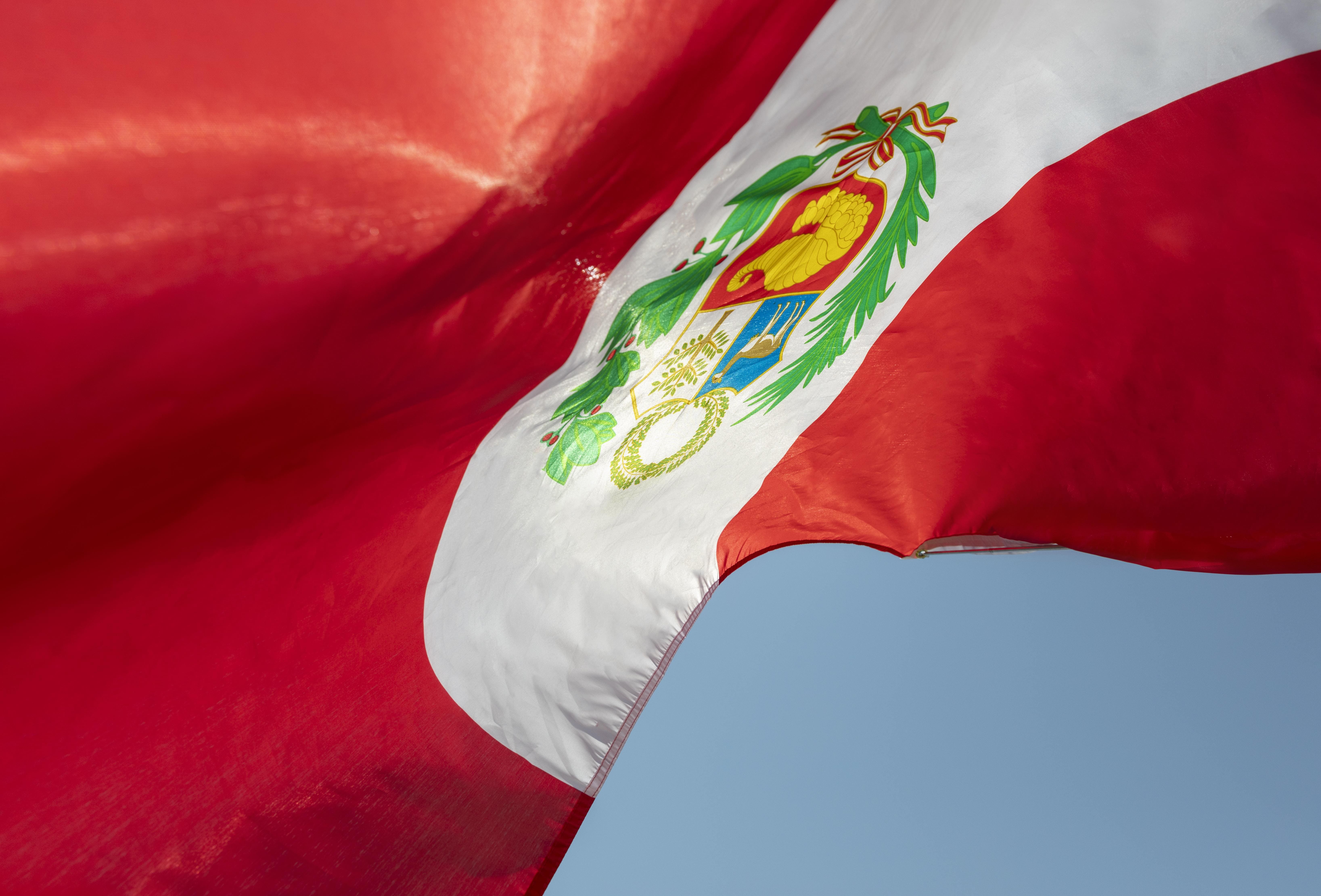Step into the thriving world of franchising in Texas, a state known for its robust economy and growing immigrant community. For entrepreneurs looking to invest through the E2 visa program, it’s an exciting place to start building a future.In this video, Patrick Findaro, co-founder of Visa Franchise, and Alaattin Kilic, Senior Manager of Marketing & Business Development at Visa Franchise, guide us through some of the most promising franchise opportunities available to E2 visa investors in Texas. With over a decade of experience, Patrick has seen countless franchise brands and knows exactly what to look for."As you know, we’ve been around for 10 years since 2015. I’ve personally looked at over a thousand franchise brands," Patrick shares. "We’ve curated a list of about 70 brands, of which we’ve reviewed numerous franchise disclosure documents and had countless conversations with franchisors."For Patrick, the focus is always on finding franchises that align with the goals of E2 visa investors, offering opportunities that are sustainable and set up for long-term success."We’ve seen it as a great opportunity for certain franchise candidates," he says, emphasizing the potential of franchising as a path to success in the U.S.In this article, we’ll dive into six exciting franchise opportunities that are available right now in Texas. Whether you're an experienced entrepreneur or new to the world of franchising, these opportunities offer a diverse range of business models with strong growth potential. Stick with us until the end, where we’ll share an exclusive cash-back offer to help you get started on your franchise journey.
Squeegee Squad Franchise: A Solid E2 Visa Opportunity in Texas

The first franchise we’ll explore is Squeegee Squad, a business specializing in exterior cleaning services, particularly for windows in both residential and commercial properties. If you’re looking for an E2 Visa franchise that’s straightforward with a proven track record, this could be the right option for you.As Patrick Findaro, co-founder of Visa Franchise, puts it, "The first one is a Squeegee Squad Franchise." He continues, "They’ve been around since 1995, but they’ve been franchising for 20 years now."Squeegee Squad operates with a simple business model that focuses on window washing and other exterior cleaning services. With a franchise investment range of $70,000 to $165,000, it offers a relatively low-cost entry point into the franchise world, especially within a lucrative Texas market. The franchise has a supportive network, including a call center that helps franchisees with their operations, making it a good choice for E2 Visa investors who want a business that is both scalable and manageable.One key aspect that makes Squeegee Squad stand out is its strong family-oriented culture. "What I liked is you know they took some time to start franchising," Patrick explains. "They worked out a lot of kinks, lost a lot of money, made a lot of money, and then they started franchising."

Additionally, Squeegee Squad has a solid presence in Texas, with locations in cities like Dallas, Houston, Austin, and San Antonio, as well as opportunities in other border cities. This gives potential investors the flexibility to choose from a variety of markets across the state."We’ve had numerous investors with them, and one of their E2 Visa investors is a top performer making over a million dollars from this franchise in Florida," Patrick adds, highlighting the franchise’s success and strong performance within the E2 Visa space.With more than 65 locations and a strong track record since its founding, Squeegee Squad provides a business model that offers both growth potential and strong support systems for franchisees. This makes it an excellent opportunity for those seeking an E2 Visa franchise that is grounded in reliability and success.
Accelerated Waste Solutions Franchise: A Junk Removal Business with Growth Potential in Texas

Next up is Accelerated Waste Solutions, a unique franchise opportunity in the waste management industry, offering services like junk removal and trash valet. If you’re looking for a business model that taps into a growing market with a focus on innovation, this could be a great option for your E2 Visa investment.Patrick Findaro discusses the value of this franchise: "Accelerated Waste Solutions…they do junk removal, trash valet, and more." This franchise has developed a strong business model over the years and continues to adapt, incorporating new technologies to stay ahead of the curve.The investment range for Accelerated Waste Solutions is higher than some of the other opportunities, coming in between $140,000 and $300,000, but it offers substantial returns, particularly in a state like Texas where waste removal services are in high demand. "They keep investing in technologies," Patrick adds, which makes it an attractive option for investors who want to be involved in a modern, forward-thinking business.Founded nine years ago, Accelerated Waste Solutions took its time to perfect its business model before accepting franchisees. As Patrick explains, "They took their time to start accepting franchises…Nine years they developed a great business model." This careful development has paid off, resulting in a network of 32 locations across the country.There are still opportunities available in Texas, making it a great time to invest in a growing market with a well-established franchise brand. Accelerated Waste Solutions offers a wide range of services that appeal to both residential and commercial customers.
Homewatch Caregivers Franchise: Capitalizing on Texas’s Growing Elderly Population

Next up, we have Homewatch Caregivers, a franchise in the home care industry that’s focused on providing elderly care services. With Texas having one of the largest elderly populations in the country, this franchise is well-positioned to tap into a growing demand for in-home care services.Patrick Findaro explains, "Texas is a really large market…in 2023, 612,000 people moved to Texas, and there’s a lot of old people in Texas. It’s the state with the third-largest elderly population." In fact, Texas, along with California and Florida, accounts for one-quarter of all people aged 65 and older in the entire United States, according to the Texas Health and Human Services. As the population of people aged 50 and older continues to rise, the demand for services like those provided by Homewatch Caregivers is expected to increase.Homewatch Caregivers is an agency where franchisees manage operations that assist elderly clients with various tasks like dressing, personal care, and household chores. The franchise offers a proven system for those looking to start a home care business.Patrick shares, "It’s an agency where you have caregivers that are helping elderly folks with different chores…you create a staffing agency, and you’re responsible for sales, getting new customers, and leveraging Homewatch Caregivers’ system for that."The investment range for this franchise is between $92,000 and $154,000, which is relatively accessible for those entering the senior care industry. As Patrick points out, "It’s been around since 1980, so it’s older than me," which reflects the franchise's long-standing presence in the industry and the reliability it offers potential investors.However, this is not a passive business. As Patrick adds, "This business is not for the faint of heart. This is for people that really want to grow a serious business." The first couple of years can be demanding, but the rewards are significant. By year 4, the median gross revenue for franchisees can reach $1.4 million.
Options for Senior America Franchise: Serving Texas’s Elderly with In-Home Care Services

Continuing with the senior care theme, we now look at Options for Senior America, a franchise specializing in in-home care for seniors. With an increasing demand for elderly care services in Texas, this franchise offers a compelling opportunity to meet the needs of a growing market.As Patrick highlights, "Options for Senior America…specializes more in having the caregiver live at the senior's spare bedroom." This unique approach makes it an ideal solution for families seeking comprehensive care for elderly loved ones, particularly those who require live-in support.Founded in 1990, Options for Senior America has a long history in the industry, with 18 locations currently in operation. Its investment range is more accessible compared to other senior care brands, making it a great choice for those interested in entering the market without a high upfront cost. The investment typically falls between $80,000 and $120,000, with more availability for new franchisees in Texas."At times, you know, say that you wanted to open up in Houston but Homewatch Caregivers isn’t available, we can look at alternative brands," Patrick explains. "Great brands like Options for Senior America that specializes in having the caregiver live at the senior's spare bedroom."While it’s a smaller brand compared to some others, Options for Senior America offers a unique niche in the senior care industry. The ability to provide live-in care offers an added level of service that can attract families looking for more personalized care for their elderly relatives.With a proven business model, lower investment requirements, and the ability to serve an underserved niche, Options for Senior America presents a promising opportunity for E2 Visa investors.
Tutoring Club Franchise: An Education Opportunity for E2 Visa Investors in Texas

Next, we turn to Tutoring Club, an educational franchise that’s gaining traction among E2 Visa investors, especially those with a passion for working with children. The demand for educational services continues to rise, and Texas, with its rapidly growing population, is an ideal market for this franchise."Tutoring Club…a lot of our clients, whether they have experience in education or a passion for working with children, we’ve had at least 10 clients invest in Tutoring Club, whether it's for the E2 visa or other visa categories that we've supported them with," says Patrick Findaro. "They’ve been around since 2006, and they have 87 locations." This long-standing franchise offers a proven system for educational services, with a focus on one-on-one tutoring to help students achieve academic success.The investment for Tutoring Club ranges between $80,000 and $160,000, making it a viable option for those looking to enter the education sector. Currently, there are locations in Texas, including in Austin, San Antonio, and parts of Houston, but there is still plenty of room for growth."The customer is coming to you; there’s more control in place," Patrick explains, highlighting the benefit of having a physical location where students can come for tutoring services. This provides a structured environment that appeals to both parents and franchise owners, offering the advantage of controlled operations.As the demand for after-school tutoring and educational services grows, Tutoring Club presents a great investment opportunity for E2 Visa holders, particularly in a state like Texas where education is a top priority for many families.
Estrella Insurance Franchise: A Strong Opportunity for E2 Visa Investors in Texas

To wrap up our list, we have the Estrella Insurance franchise, a well-established brand in the insurance industry. This franchise is perfect for E2 Visa investors looking to enter a service-based business with a low barrier to entry and strong growth potential in the Texas market.As Patrick Findaro shares, "We’ve had about 10 clients invest with Estrella Insurance, including a few in Texas. I believe at least one’s now on his multiple locations." Estrella Insurance offers a proven business model, making it a popular choice for those interested in running an insurance business while benefiting from the support of an established brand.The investment to open an Estrella Insurance franchise starts as low as $50,000, making it one of the more affordable options for E2 visa investors. With a focus on building strong relationships with multiple insurance carriers, this franchise provides its owners with a wide range of products to offer customers, from auto insurance to home and life policies.As Patrick explains, "Looks like you’re paying a lot in royalties, but you’re basically getting all the relationships with all these different insurance companies to offer the best coverage." This robust support system is particularly valuable for those new to the insurance industry or those who want to scale quickly.Estrella Insurance has been around since 1980 and has seen significant expansion in Texas, particularly in Dallas and Houston. "They’ve been opening up a lot of locations in Texas…there are opportunities in some of the major metros like Dallas and Houston," Patrick says.Estrella Insurance also has a sister brand, Freeway Insurance, with locations in Texas, which provides another potential opportunity for investors. "You could buy one of their corporate locations from them, where there’s already an established brick-and-mortar location," Patrick adds.
Conclusion: A Path to Success with E2 Visa Franchise Opportunities in Texas
As we’ve seen throughout this article, Texas is brimming with promising franchise opportunities for E2 Visa investors, ranging from exterior cleaning services to insurance and senior care. Each of the six franchises we’ve explored offers unique benefits and business models that can pave the way for success in a thriving market.By investing in one of these well-established brands, E2 Visa holders can not only enter a growing industry but also gain access to valuable support systems, operational resources, and a proven framework for success. The opportunities in Texas are vast, and each franchise on this list presents a distinct way to tap into the state’s diverse economic landscape.As Patrick Findaro mentioned in the video, "If you're willing to invest in one of these franchises and work through us, we’re happy to give you back $2,500 as part of our success fee to help you get started."This special cash-back offer can be a fantastic way to kick-start your business, whether you’re using it for marketing, working capital, or grand opening expenses. By partnering with us, you can take the next step toward building your E2 Visa franchise and launching your future in the United States.Are you ready to take the leap and explore which E2 opportunity in Texas is the right fit for you?
Discover if you qualify to invest in a thriving U.S. franchise and secure your E-2 visa.
Check your eligibility
More Insights You Might Like
Explore related articles packed with expert advice, real stories, and practical tips to support your U.S. visa and relocation journey.





